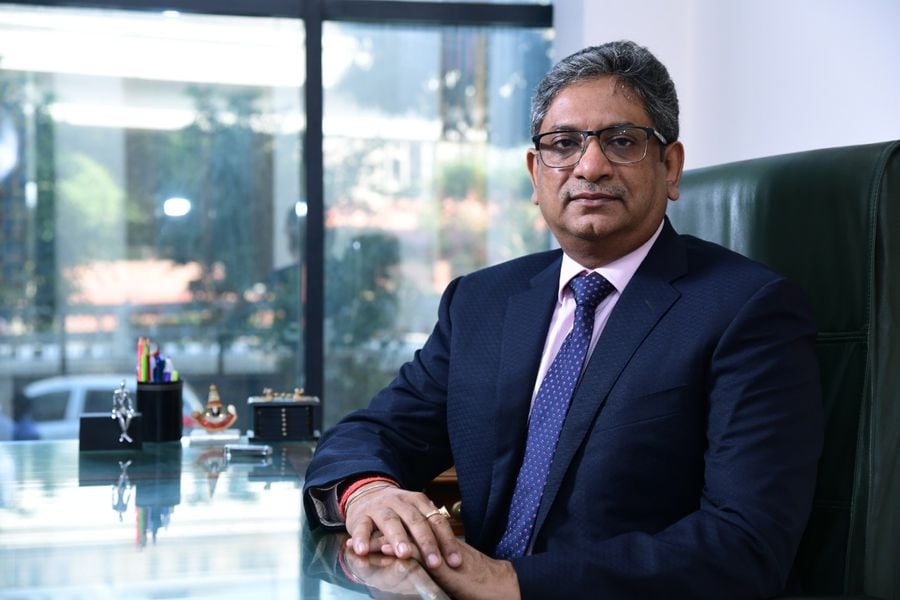
Alok Dhir & India's Insolvency and Bankruptcy Regime - The Veteran, Views & More
Timely resolution is one of the critical aspects of the Code, which has not been optimal

Alok Dhir is an innovative and brilliant litigation lawyer having strong commercial acumen and is renowned for providing creative solutions and developing complex structures for achieving resolution for stakeholders in corporate and commercial insolvencies and M&A transactions.
Trained as a Chartered Accountant and a lawyer, he started the practice of insolvency laws in the early 80s when distress asset advisory was practically unknown in the Indian context. He was a part of the development of and steered the legislative/regulatory changes in insolvency laws during the last nearly 4 decades with the promulgation of SICA 1985, RDDB & FI Act 1993, SARFAESI Act 2002 and finally the Insolvency & Bankruptcy Code (IBC) in 2016. In 1985, when SICA was promulgated, he single-handedly assisted the Board for Industrial & Financial Reconstruction (BIFR) in drafting the regulatory framework, and his name became synonymous with BIFR over the next 3 decades with his law firm, Dhir & Dhir Associates, handling 2/3rd of all cases referred to BIFR.
He has been advising stakeholders and representing them before the various courts and tribunals in matters relating to Insolvency & Bankruptcy and various schemes formulated by RBI like CDR, SDR, S4A etc. for corporate restructuring and resolution.
He was the first professional to be granted a licence by RBI to set up an Asset Reconstruction Company under the SARFAESI Act in 2006, which is involved in the acquisition and resolution of toxic assets in India with an exemplary track record. He has been involved with acquiring and resolving many assets over his long and illustrious career, involving billions of dollars of NPA besides acquiring and turning around many distressed entities/businesses with his own resources and managerial skills.
In 2007, he raised 50Mill$ on AIM segment of LSE and deployed the funds to acquire the NPAs in India. Later after the financial crisis of 2008, he made an open offer and bought out the company listed on LSE and converted it into a proprietary fund. He has been involved with most of the large bankruptcies in India under the IBC, representing a cross-section of stakeholders and has acquired many corporates /businesses under the new enactment on his prop book and revived such entities.
Alok has been bestowed with many awards and has received various accolades for his myriad contribution across the field of insolvency laws. He is also involved with regulators and the Govt. in devising mechanisms for Cross Border legislation, Group Insolvency, Personal Insolvency, etc.




